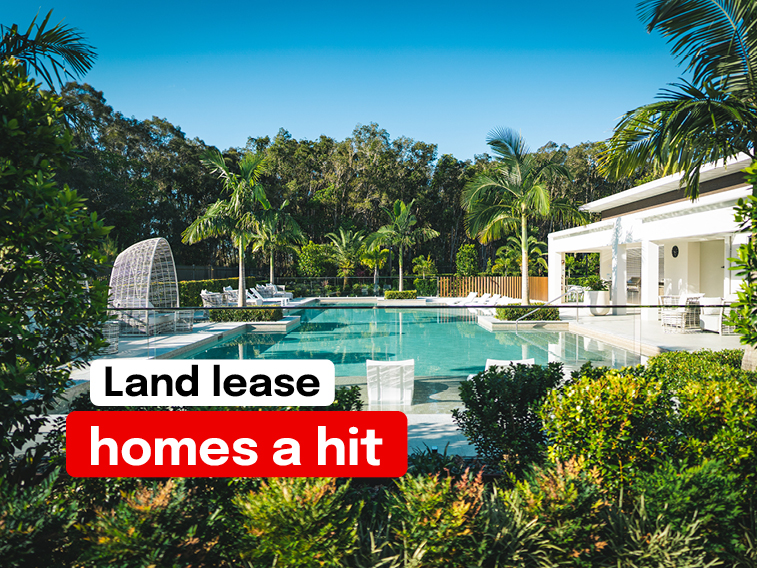10 June 2025
Narrowing gap between conditions and confidence
May 20, 2024
A different model of retirement living is attracting attention from developers and investors by offering home buyers a more affordable option.
By Health View

Along with property owners, the model has also been attracting significant interest from developers and investors.
For investors, opens in new window, LLCs have the potential to generate a passive income in the real estate sector for a lower capital outlay. Developers, opens in new window can maximise their returns with fewer risks, while retaining ownership of the land the community is built on.
There are around 130,000 residents currently occupying LLC homes, according to Chadwick Property Valuers. Chadwick also noted that, as the sector continues to evolve, two clear classes are emerging – affordable LLCs targeting low- to middle-income earners, and premium LLCs, where homes are generally larger and the communities on which they’re built include resort-style facilities, such as those offered by GemLife.
“Many of today’s over-50s are proud of being fit and healthy and are keen to stay that way,” Puljich says. “Our residents appreciate having facilities like gyms, indoor and outdoor pools and spas on their doorstep. They also enjoy being part of a safe and welcoming community, so we encourage that with cinemas, art and craft studios, libraries and rooms for music, board games and entertainment.”
GemLife also provides security for the future with opportunities to age in place.
“Traditionally, if you need more support as you get older, you have to move on from independent living,” Puljich says. “At GemLife, we can provide low, medium and high levels of what I like to term discreet home care. We have facilities for rehabilitation after surgery or an accident, and the homes are also designed so they can easily be modified if this becomes necessary.”

The GemLife brand was launched in late 2016 as a joint venture between members of the Puljich family and financial partner Thakral Capital.
“It was essentially a continuation of my family property business Living Gems, which was founded in 1982,” Puljich says.
GemLife has 12 operational communities, mainly in Queensland, with 15 in the pipeline.
“We’ll continue to drive and deliver growth in Queensland, and we’re also interested in expanding further in Victoria and New South Wales,” Puljich says. “It’s thanks to NAB that we’re able to grow at the current rate. NAB is with us shoulder to shoulder, sharing their deep understanding of market conditions, buyer demographics and the needs and wants of our prospective purchasers.”
Demand for more affordable housing looks set to keep growing as the population ages. Australia’s population aged 65 and over is projected to grow 54 per cent by 2041, opens in new window, from 4.31 million in 2021 to 6.66 million by 2041, according to the Centre of Excellence in Population Ageing Research.

The land lease model fits comfortably with NAB’s 2029 target, opens in new window of lending at least $6 billion to help Australians access affordable and specialist housing.
“We could see that GemLife was a good option for over 50s who were looking to downsize,” says Stephen Oliver, State Director NSW & QLD, Corporate Health at NAB.
“As well as being more affordable, LLCs have a much simpler financial structure than traditional retirement villages with a deferred management fee. There’s also the security of a long-term lease for every home buyer.”
NAB is also pleased to see sustainable solutions being used to benefit the community.
“For example, when GemLife ran a six-month Virtual Power Plant program, the average homeowner’s power bill fell to less than $8 per month, opens in new window,” Oliver says. “They’re now rolling that out across all of their communities as another way of providing financial certainty for residents.”
Oliver and Puljich agree that LLCs could play an important role in helping to ease the current pressure on housing.
“By offering a more affordable style of housing, LLCs are making downsizing a more attractive proposition,” Puljich says. “With so many young families struggling to get on the property ladder, freeing up larger homes can be part of the solution.”

INSIGHT
10 June 2025
Narrowing gap between conditions and confidence
